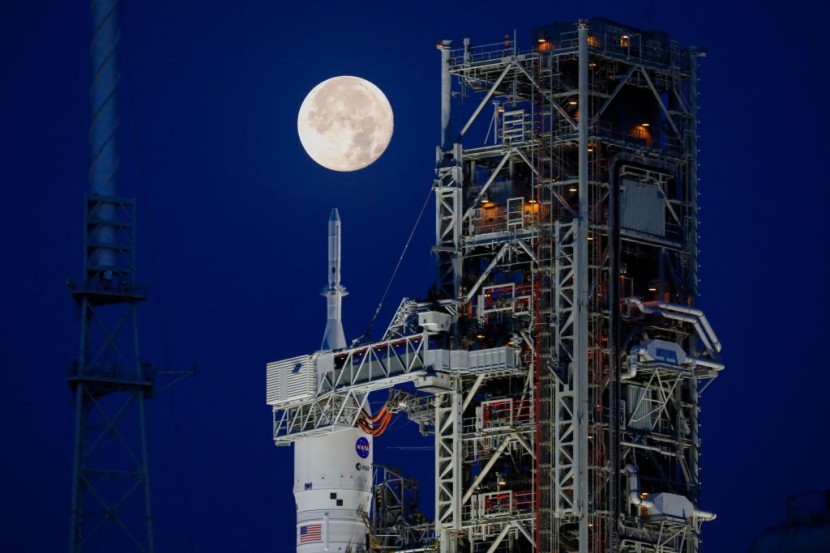
NASA's Space Launch System, which is the agency's mega moon rocket, has been hindered by financial constraints as it is considered to be "unaffordable."
The Thursday report that was released by the U.S. Government Accountability Office (GAO) breaks down the SLS program's expenditures. It made the striking admission that senior NASA officials deemed the rocket to be unsustainable at its current cost levels. It also criticized what the GAO said is a lack of transparency into the program's ongoing costs.
NASA's Space Launch System
A spokesperson at NASA's headquarters did not immediately respond to requests for comments regarding the newly released report. However, the GAO noted that the space agency "recognizes the need to improve" the project's affordability moving forward.
The GAO's report said that with input from NASA management, the SLS program has already developed a roadmap that outlined short-term and long-term strategies that could result in future cost savings, as per CNN.
The plans include efforts to stabilize the program's flight schedule, increase efficiencies, encourage innovation, and adjust acquisition strategies to reduce cost risk. The issue comes as the SLS rocket is at the heart of the space agency's Artemis program, which is its flagship effort to return humans to the surface of the moon later this decade.
The effort involves various exploratory and science missions that seek to establish a permanent lunar settlement for humans to inhabit. The first test launch of the SLS, which was during a mission known as Artemis I, was conducted on Nov. 16 and was plagued with several delays.
While the mission was behind schedule, it was considered a spectacular success and it was able to set up the space agency to launch its first crewed test mission around the moon that is scheduled for late 2024. That particular mission is expected to be followed by Artemis III, which would be the first attempt to return American astronauts to the lunar surface since the Apollo program.
Financial Constraints
The GAO noted that another issue with the situation is that NASA's cost estimates did not appear to take into account delays to the Artemis missions. But one NASA official said that the delays would have no cost impacts on the mission, which others considered to be highly improbable, according to Ars Technica.
The report also indicated that the space agency did not regularly update its five-year production cost estimates for the mega moon rocket. It cited various concerns regarding the development costs of future hardware for NASA's program, including the Exploration Upper Stage.
On top of the issues brought up by the GAO, NASA is facing hurdles from a combination of decreasing budgets and increasing. The situation is putting a strain on the space agency's Deep Space Network (DSN).
The DSN will be responsible for providing communications for NASA's upcoming Artemis Moon missions. Furthermore, the space agency is already reliant on it for a number of its science missions.
NASA's DSN is a system made up of antennas that are located in Australia, the United States, and Spain. For several years, the system has successfully been used to communicate with spacecraft that are beyond our planet's orbit, said Interesting Engineering.
© 2025 HNGN, All rights reserved. Do not reproduce without permission.








